Lucidea’s Lens: Knowledge Management Thought Leaders Part 77 – Leif Edvinsson

Stan Garfield
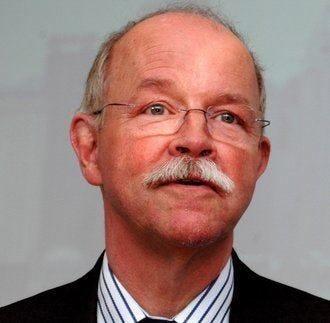
Leif Edvinsson is Professor Emeritus at Lund University in Sweden. He specializes in Intellectual Capital Management of Enterprises, Cities, and Nations; Innovations; and Future Centers.
Leif was the world’s first director of Intellectual Capital, at Skandia in the 1990s, and the world’s first professor of Intellectual Capital, at Lund University in the 2000s. He oversaw the creation of the world´s first corporate Intellectual Capital Annual Report.
His honors include Brain of the Year from Brain Trust (UK) in 1998 and KEN Practitioner of the Year from Entovation in 2004.
Books
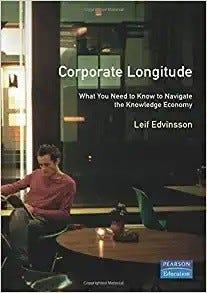

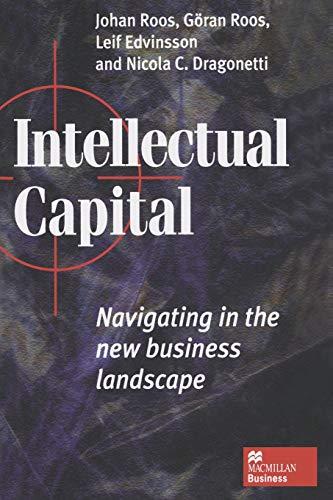
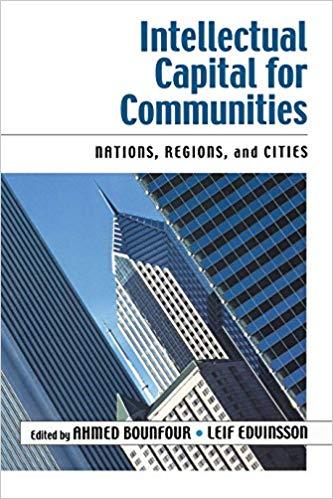
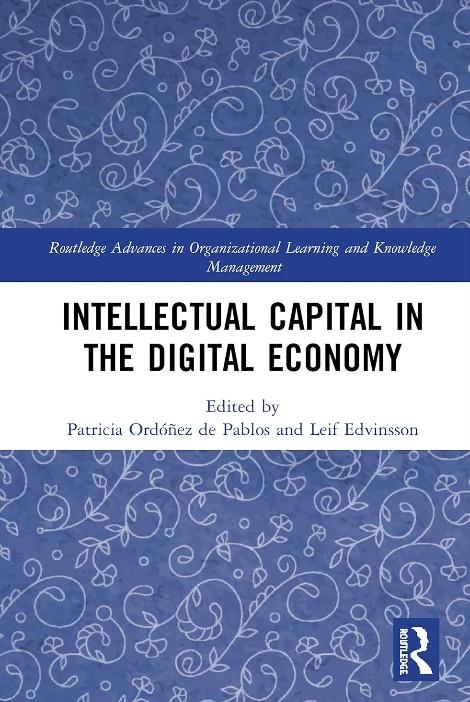
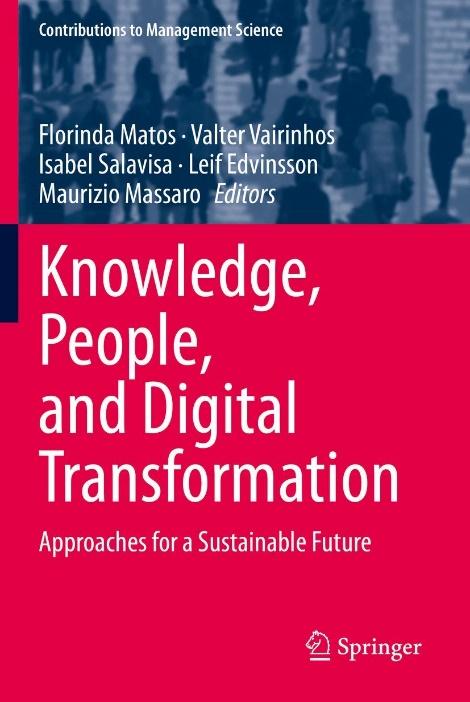

Perspectives on Intangibles and Intellectual Capital
Market capitalization value over time
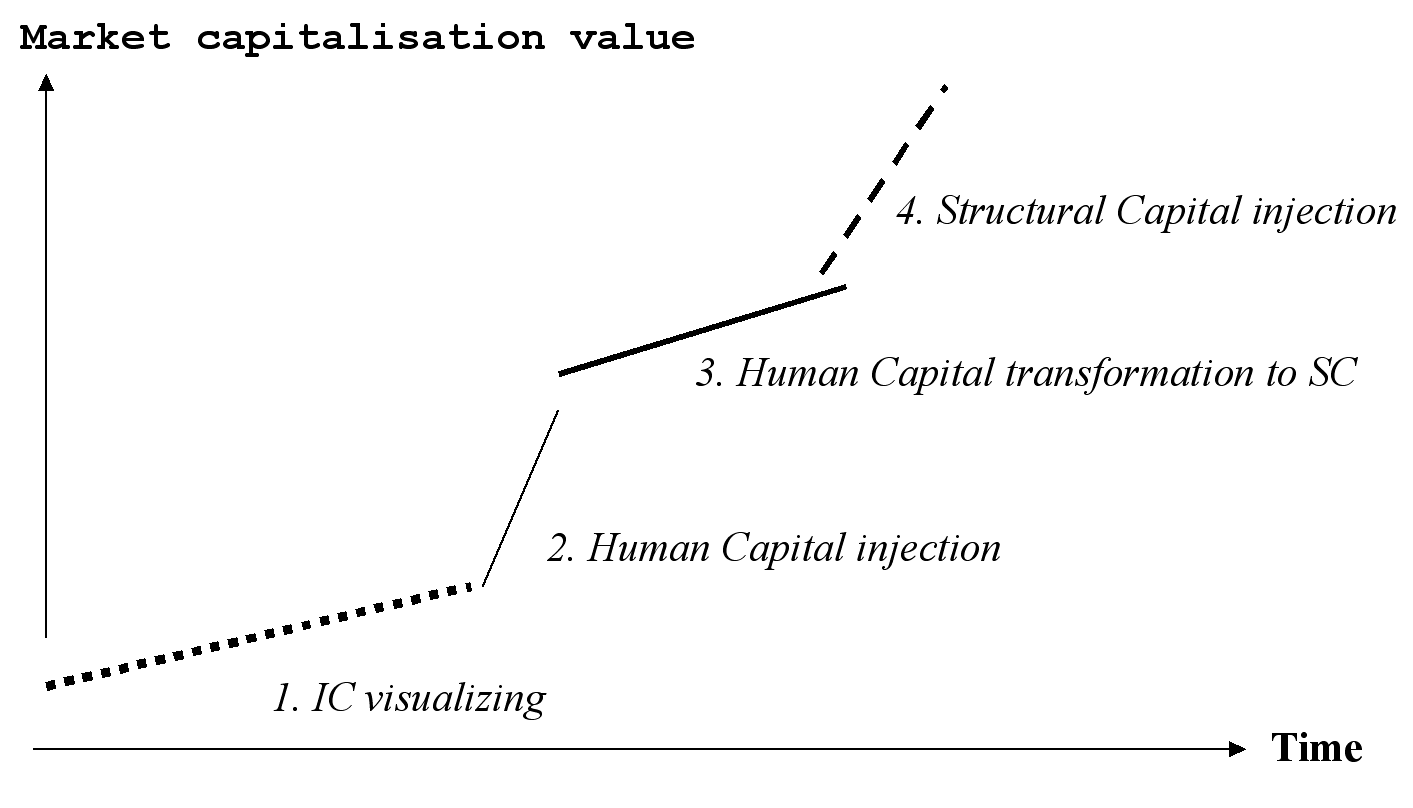
Each phase often results in a stock market appreciation shift, based on increased transparency, as well as new expectations from the future value creation of the intangibles investment.
- Phase one is about the visualization of intangibles from a reporting perspective. This is supplementary accounting.
- Phase two is focused on human capital injection, often labelled competence adding or knowledge management. It is both the search for talents to be added, e.g., by mergers between companies, and the effectiveness derived from knowledge sharing and installation of IT based knowledge systems, or emerging knowledge exchanges.
- The third phase is the systematic transformation of human capital into structural capital as a multiplier, with much more sustainable earnings potential for the organization. It is a refined approach based on the second phase, but very much focused on the packaging of knowledge into recipes to be shared globally and rapidly.
- The fourth phase is structural capital injection externally. It is a turbo effect on the IC multiplier by combining different types of structural capital constellations for co-creation of new opportunities. It is expanding the space of co-creation as the unique space of imagination, and organizational stretch where human capital and structural capital meet.
These discernible phases of global IC growth are gradually increasing the value creation potential of organizations. The intangible or hidden values of the organizational competencies will be developed around fast learning, organizational networking and relationship building, as well as ethos and aesthetics for the brain, leading to more of a symbolic management and meaning of leadership.
Developing a Model for Managing Intellectual Capitalwith Patrick Sullivan
Model of the Knowledge Firm
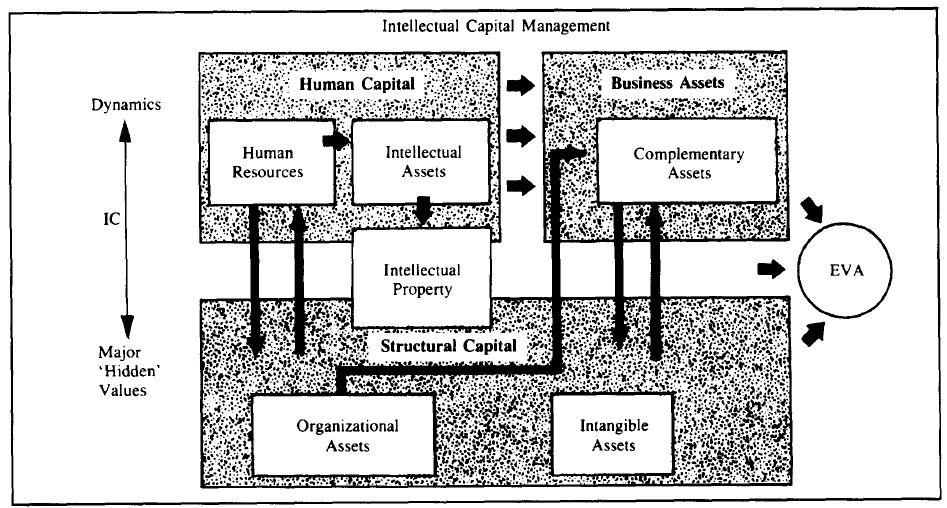
Glossary
- Human Resource — Human capital is the organization’s human element. It includes owners, employees, contractors, suppliers, and all related humans who collectively bring to the firm their skills, know-how, and individual abilities. It represents the individual capabilities of the firm to solve problems. Human capital is one of the major elements of an organization’s intellectual capital.
- Intangible Assets — An accounting term defined as: non-physical benefits that contribute to future cash flows. (The benefit has already been obtained or is owned by an entity which controls the access of others to it.)
- Intellectual Assets — Intellectual assets are the codified, tangible or physical descriptions of specific knowledge to which the organization may assert ownership rights. Intellectual assets are one of the major elements of an organization’s intellectual capital.
- Intellectual Capital — Knowledge that can be converted to value.
- Intellectual Property — A legal term describing the intellectual assets for which legal protection has been obtained.
- Structural Capital — All that is left when the human resources go home, i.e. organizational capability. Structural Capital includes both tangible and intangible elements. Intangible elements are such things as the firm’s information technology, customer databases, business and industrial procedures, strategic plans, etc. Tangible elements of the firm’s structural capital include financial assets, facilities, and the range of assets that are valued on the company’s balance sheet.
Longitude: Knowledge Navigation Beyond Borders – IC
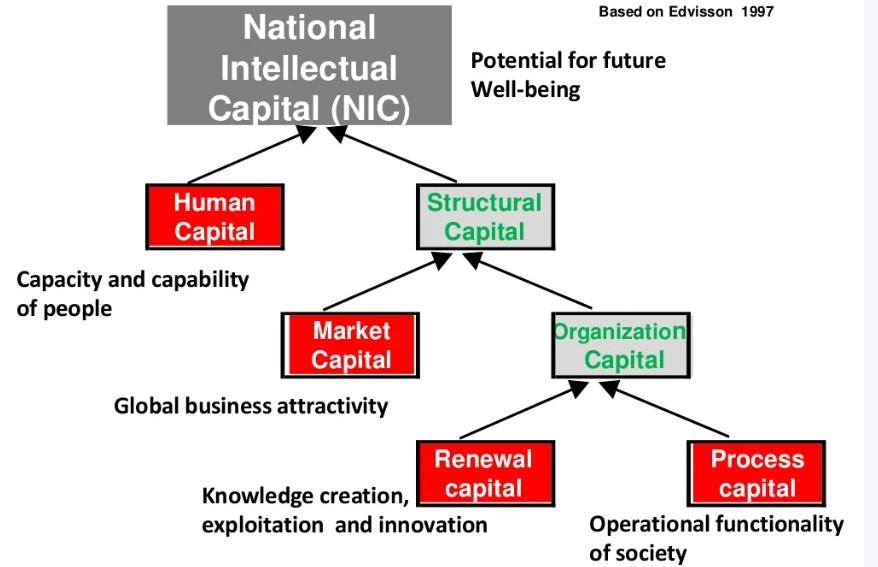

Stan Garfield
Please enjoy Stan’s blog posts offering advice and insights drawn from many years as a KM practitioner. You may also want to download a free copy of his book, Lucidea’s Lens: Special Librarians & Information Specialists; The Five Cs of KM from Lucidea Press, and its precursor, Proven Practices for Promoting a Knowledge Management Program. Learn about Lucidea’s Presto, SydneyEnterprise, and GeniePlus software with unrivaled KM capabilities that enable successful knowledge curation and sharing.
**Disclaimer: Any in-line promotional text does not imply Lucidea product endorsement by the author of this post.
Never miss another post. Subscribe today!
Similar Posts
Lucidea’s Lens: Knowledge Management Thought Leaders Part 106 – Hubert Saint-Onge
As the creator of the Knowledge Assets Framework Hubert has shaped how businesses integrate strategy leadership and knowledge sharing to drive performance.
Lucidea’s Lens: Knowledge Management Thought Leaders
Part 105 – James Robertson
James Robertson is a pioneer in intranet strategy and digital workplace design helping organizations create seamless employee experiences. As the Founder of Step Two and a respected industry voice he has shaped best practices in content management portals and digital experience design.
Lucidea’s Lens: Knowledge Management Thought Leaders
Part 104 – Vincent Ribière
Vincent Ribière advances knowledge and innovation management through AI creativity and KM. Explore his work in academia research and industry leadership.
Lucidea’s Lens: Knowledge Management Thought Leaders Part 103 – Tony Rhem
In this edition of Lucidea’s Lens: Knowledge Management Thought Leaders we highlight Dr. Tony Rhem a leading expert in AI big data information architecture and innovation. As CEO of AJ Rhem & Associates Tony has shaped the fields of knowledge management governance and emerging technologies.
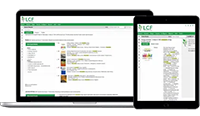





Leave a Comment
Comments are reviewed and must adhere to our comments policy.
0 Comments